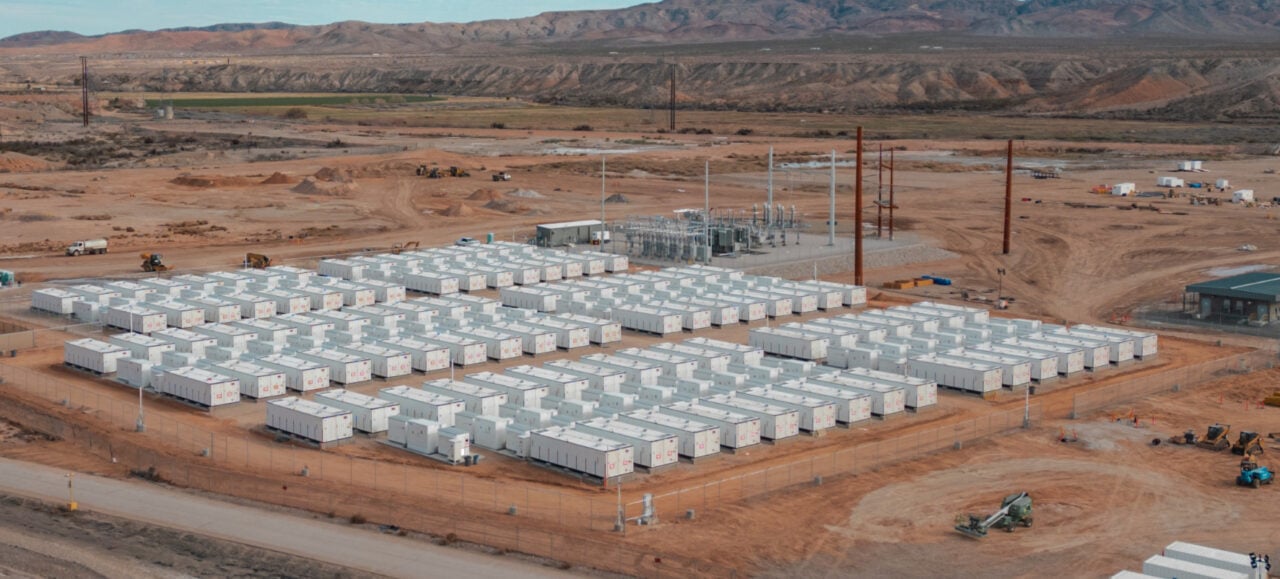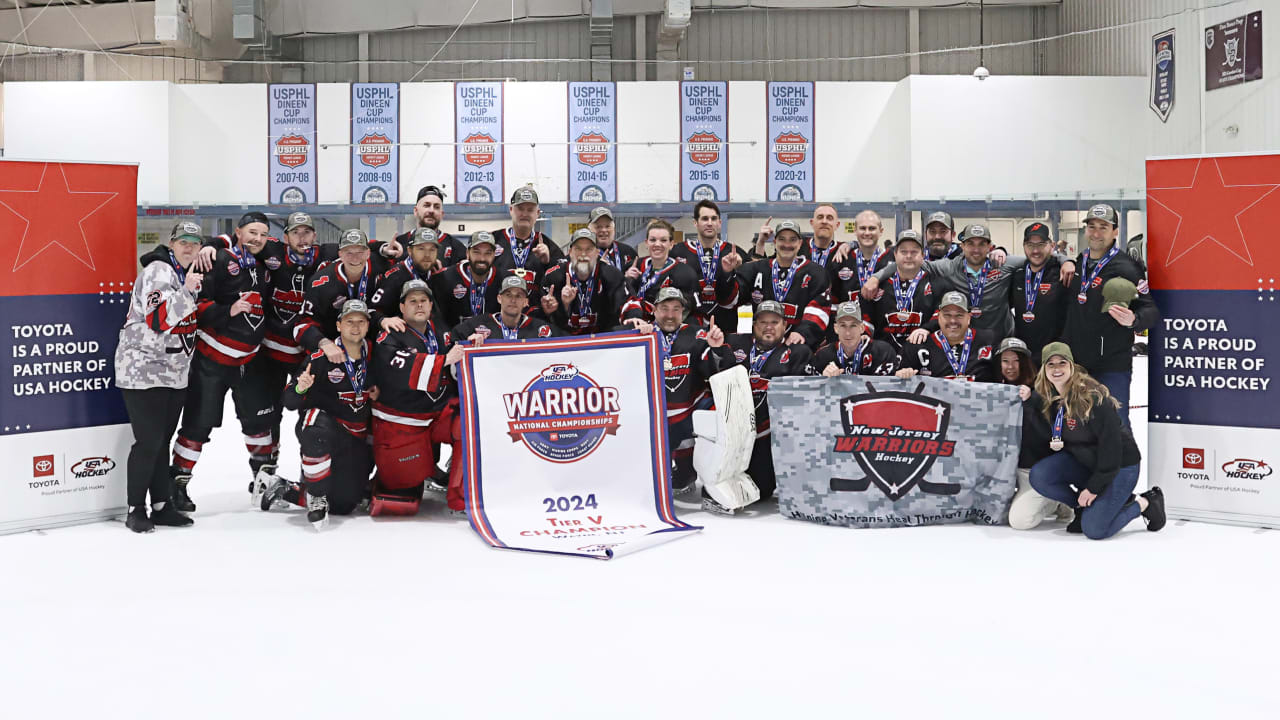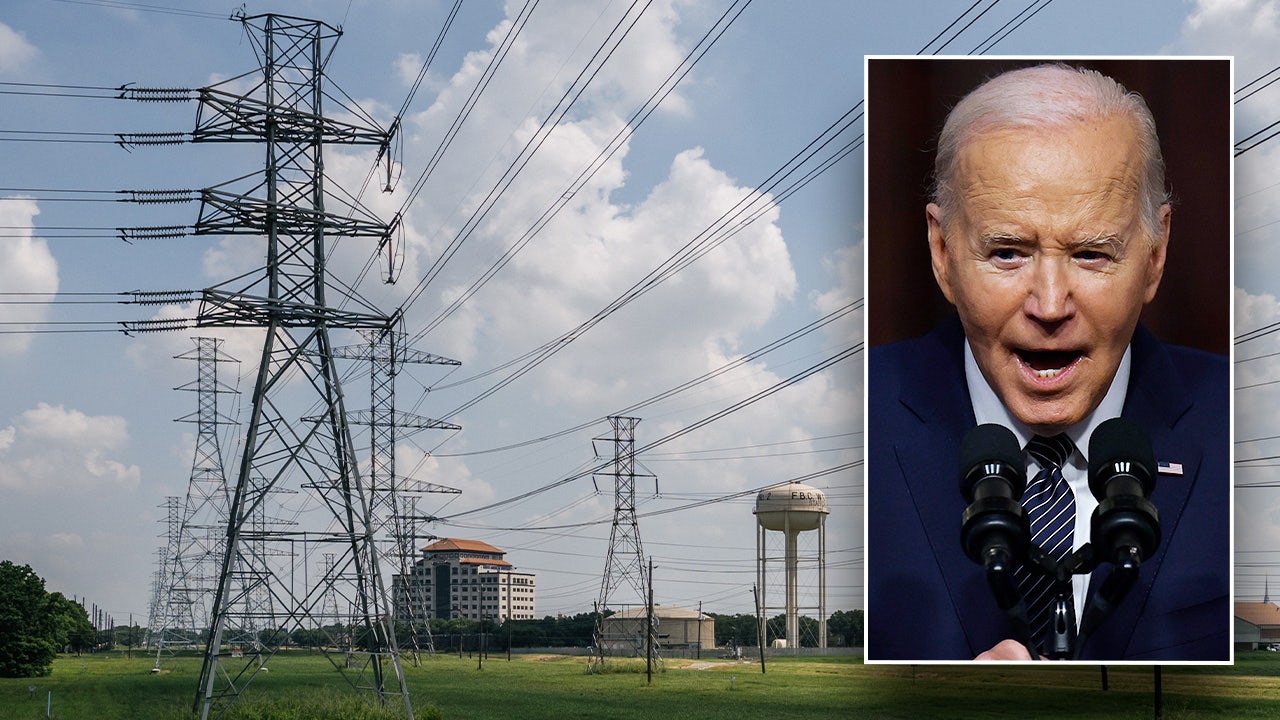Culture
A Scrapbook Offers a Material Glimpse of Another World

THE DRESS DIARY: Secrets From a Victorian Woman’s Wardrobe, by Kate Strasdin
The way we dress is a fundamental expression of identity: Garments function as indicators of aesthetic tastes, cultural values and social status. For Anne Sykes, an Englishwoman who documented her wardrobe nearly 200 years ago, her clothes are her legacy.
“The Dress Diary” paints a vivid portrait of 19th-century life through the lens of this personal sartorial history. Its entries are not composed of words, but rather, pieces of fabric — over 2,000 textile fragments in a bound album, which, after a stint in a Camden market stall and decades in storage, came into the possession of the fashion historian Kate Strasdin. Instantly, she knew she had found something extraordinary.
The keeping of collections of one kind or another was a popular hobby in the Victorian era, but Strasdin suggests that the reason this particular dress diary had gone overlooked (and perhaps why more like it don’t survive) is “the double ignominy of being about largely female experiences and about dress” — concerns that have been historically devalued. Unlike the few other known textile scrapbooks — all of which focus on a sole owner — this one includes contributions from over 100 subjects: friends, members of the household, acquaintances met while living abroad. Over the course of six years, Strasdin embarked on a detailed investigation to unlock the mysteries of this diary and its keeper — whom she identifies as one Mrs. Anne Sykes, the wife of a prosperous merchant.
The inaugural entry commemorates Sykes’s wedding day in 1838 with a neat rectangle of white-checked muslin and a piece of bobbin lace. Each that follows is carefully annotated, labeled with names, places and events; facsimiles of these diary pages are reproduced in a full-color insert.
Like an intrepid detective, Strasdin follows each thread and reconstructs Anne Sykes’s life — lifting her subject out of obscurity, while situating her story within a broader historical narrative.
Strasdin illuminates an era in fashion — the 1830s to the 1870s — characterized by dramatic change, the scraps of fabric witnesses to “the industrial maelstrom of the 19th century with all its noise, color and innovation.” The scrapbook chronicles influential developments like the invention of the sewing machine, the introduction of the cage crinoline and the rise of the department store.
Using a combination of highly illustrative prose and reproductions of fashion plates, the author details the evolution of fashionable silhouettes and helps us to envision how the small bits of fabric might have looked as complete garments. Still, it is the additional sociocultural context surrounding Victorian-era dress practices that brings these women’s wardrobes, and world, to life.
A selection of printed cottons from Sykes’s own wardrobe attests to the source of her family’s prosperity. As the daughter of a prominent Lancashire millowner, Anne enjoyed a comfortable upbringing — which Strasdin mindfully contextualizes within the global cotton trade. Swatches of pale-colored silks belonging to the “Misses Wrigley” conjure magnificent ball gowns, and speak to the elaborate social codes that governed apparel at a time when, thanks in part to a rising middle class, “dress had grown increasingly complex as an indicator of time of day and occasion.”
A trio of mostly black fabric samples donated by a Hannah Coubrough marks a period of bereavement following the death of Coubrough’s mother, allowing Strasdin to discuss the strict etiquette surrounding the Victorian “cult of mourning that grew ever more powerful as the century progressed.” Meanwhile, the bright purple hues on the dresses attributed to a lady with the apt name of “Bridget Anne Peacock” announce the arrival of synthetic dyes — and with it, an irresistible opportunity to discuss those laced with arsenic, leaving a trail of green-tinged victims in their wake.
The author is forthcoming about the limitations of her source material, and notes the paradox of the dress diary — which “offers such intimacy through the very fabrics that clothed their bodies, but in fact reveals very little.” And like the fabrics preserved in the diary’s pages, the stories that emerge are fragmentary. Strasdin manages to deftly flesh out her narrative by drawing upon newspaper articles, censuses, ship manifests, etiquette guides, surviving letters and contemporary literature. More impressive still is the fact that she conducted the bulk of her research remotely during the pandemic, which limited her to online sources. (If there were ever a case to be made for open-access digitized archives, this is it.)
Strasdin’s detailed explication of Victorian-era dress is sure to delight the fashion history enthusiast, but “The Dress Diary” has much wider appeal. It is a work of sociology, and a testament to fashion history as an inherently interdisciplinary field inextricably combining industry and aesthetics, technology and trade. This feat of research represents the apotheosis of dress scholarship — and from these findings, Kate Strasdin crafts a compelling narrative that challenges the “deep-seated perception of dress as superficial and inconsequential.”
For Anne Sykes and the other women in her book, her efforts are entirely consequential. This diary serves as a record of their very existence, and provides a glimpse into the ephemeral world inhabited by the unsung “participants in everyday life.”
Raissa Bretaña is a New York-based fashion historian and faculty member in the history of art department at the Fashion Institute of Technology.
THE DRESS DIARY: Secrets From a Victorian Woman’s Wardrobe | By Kate Strasdin | Illustrated | 303 pp. | Pegasus Books | $28.95

Culture
Rosenthal: Why the Orioles' latest scouting triumph is a 34-year-old journeyman pitcher

Albert Suárez is not your typical Baltimore Orioles phenom. His path was quite different than that of Jackson Holliday, the game’s No. 1 prospect; Colton Cowser and Jordan Westburg, the back-to-back American League Players of the Week; or Heston Kjerstad, the latest young hotshot to join the club after leading the Triple-A International League with 10 homers in 21 games.
Those players were high draft picks, top 100 prospects, the products not just of enviable draft positions stemming from years of tanking, but also of a front office hitting on one selection after another. Suárez, after only two starts, looks like another organizational triumph. But he’s 34. The Orioles are his fifth major-league organization. And he spent the past five seasons in Japan and Korea.
When Suárez made his Orioles debut on April 17, he had gone six years, 204 days between major-league appearances. He pitched 5 2/3 scoreless innings against the Minnesota Twins that day, another 5 2/3 scoreless against the Los Angeles Angels on Monday night. Not bad for a guy who joined the Orioles on a minor-league contract last September. Blake Snell, who signed a two-year, $62 million free-agent deal with the San Francisco Giants, has an 11.57 ERA after three starts.
The addition of Suárez, announced by the Orioles as one of seven minor league deals on Dec. 30, was the kind of offseason transaction that elicits little more than a yawn. But for Mike Snyder, the Orioles’ director of pro scouting, the move was years in the making. He first identified Suárez as a possible target in the fall of 2017, while preparing for the Rule 5 draft. Mike Elias was a year from becoming the Orioles’ general manager.
Suárez had been a swingman for the San Francisco Giants in 2016 and a reliever in ‘17. But the Giants, after re-signing him to a minor-league deal, declined to protect him on their 40-man roster. The Arizona Diamondbacks grabbed Suárez in the Rule 5 draft, then stashed him at Triple A. Suarez, who signed at 16 out of Venezuela with the Tampa Bay Devil Rays in 2006, sought a fresh start. The following year, he began his journey to Asia.
He often was injured during his three seasons in Japan, but pitched well as a starter during his two seasons in Korea.
The Orioles continued to monitor him. Snyder wanted to sign him in the fall of 2022. But Suárez returned to the Samsung Lions with a seven-figure guarantee — a better opportunity than any major-league team was willing to give him.
What changed last year?
Suárez suffered a left calf injury in early August. The Lions, facing a Korea Baseball Organization cap on the number of foreign players they could carry, released him to replace him with another import, Taylor Widener. Snyder, seeing an opportunity that had not existed previously, contacted Suárez’s agent, Peter Greenberg.
“He’d been trying to get Albert for maybe the last three years. But the market in Asia moves very quickly,” Greenberg said. “He would always come to me early in the offseason here, but Albert would already have signed back in Japan or Korea. (Last year), though, he came to me and said, ‘I’m not going to be late this time. I want to try to sign Albert.’”
Snyder’s timing finally was right. The Lions wanted Suárez back, Greenberg said, but at a reduced salary in the $700,000-$800,000 range. Suárez was tired of being away. He is married with three children, ages 11, 8 and 4. The family lives in Katy, Texas. He had made decent money in Asia. He was ready to return full-time to the U.S.
Albert Suárez is the first pitcher with an outing of 5+ innings and no runs allowed in each of his first 2 appearances after not appearing in MLB for 5+ years, since the mound was moved to its current distance in 1893
h/t @EliasSports , @ColeJacobson32 https://t.co/rYwevszGHd
— Sarah Langs (@SlangsOnSports) April 23, 2024
The Orioles under Elias generally are selective in signing minor-league free agents. They don’t like releasing such players in spring training, and prefer their draftees to get the bulk of playing time in the minors. Elias, though, said he entrusts Snyder and his pro scouting group to handle minor-league deals for pitchers. Special assignment scout Will Robertson and pro scouting analyst Ben MacLean, in particular, vouched for Suárez, Snyder said.
“We are always conscious of the difficulty of finding starting pitching. And we saw flashes with him over the years,” Snyder said. “He had been working in a length (role), throwing strikes. He had gained some velocity, starting in 2018 in relief, and sustained that a little bit in Asia. He (also) improved his secondaries.
“We sold him on an opportunity in spring training, that we would give him some rope. We didn’t promise he was going to make the rotation. We didn’t make any promises. If anything, we undersell things. And I think in the long run, that really helps us. When we say we have an opportunity, it’s a legitimate opportunity.”
Signing Suárez in September enabled the Orioles to bring him to their fall pitching camp in Sarasota, Fla., where he met their high-performance, training and coaching staffs. Assistant pitching coordinator Adam Schuck and minor-league pitching coordinator Mitch Plassmeyer developed a plan for him. A number of other coaches also worked with Suárez, helping him tweak his delivery so that he wouldn’t need to make adjustments while trying to make the club in the spring (Plassmeyer is now the major-league team’s assistant pitching coach).
Suárez’s ERA in spring training was 5.17, but he nonetheless impressed manager Brandon Hyde and his staff, striking out 19 and walking only two in 15 2/3 innings. In one exhibition against the Philadelphia Phillies, he struck out seven in three scoreless innings against a lineup composed predominantly of regulars.
“He opened our eyes from the stuff that was coming out of his hand,” Hyde told reporters when the team summoned Suárez to replace the injured Tyler Wells. “You see 96 and you see him throw his fastball by guys with life, and then the secondary stuff he was throwing for strikes also. And he kept doing it every five days. We were excited about it.”
Suárez was excited, too, telling Greenberg even after he got sent down, “This was my favorite spring training in a long time.” In Snyder’s view, Suárez returned from Asia as many pitchers do, more refined in his approach, more advanced in his craft. He also learned to pitch in front of large crowds, making the majors less intimidating than perhaps they once were.
It’s only two starts. But the Orioles appear to have nailed it again.
“They saw something a lot of people didn’t,” Greenberg said.
(Top photo of Albert Suárez: Scott Taetsch/Getty Images)
Culture
Who is the GOAT: LeBron or Jordan? Current players weigh in

Some debates deserve a stage of their own.
So while our (anonymous) NBA player poll was released Monday, with a record 142 players weighing in on some of the most interesting questions surrounding their league, we decided to dive even deeper into the age-old GOAT discussion because there’s a fascinating voting trend that simply must be explored.
While Michael Jordan won the “Greatest of All Time” category for the third consecutive time, his once-massive lead over LeBron James has shrunk significantly with every passing poll. This time around, James almost took the mantle. The data speaks loud and clear…
- 2019 (the first time The Athletic conducted the poll): Jordan earned 73 percent of the votes, with James second at 11.9 percent (a gap of 61.1 percentage points)
- 2023: Jordan earned 58.3 percent of the votes, with James second at 33 percent (a gap of 25.3 percent)
- 2024: Jordan earned 45.9 percent of the votes, with James second at 42.1 percent (a gap of just 3.8 percent)
But why has Jordan’s lead shrunk so much? We wanted to let the players themselves explain.
The consistent rationale among LeBron voters, both old and new, is that his longevity is the ultimate difference-maker between the two. He’ll be 40 years old on Dec. 30, yet is still great enough to be widely considered one of the best players in today’s game. While Jordan was epic in his 14-year career, from his 6-0 record in the NBA Finals to his five Most Valuable Player awards and his incredible two-way play, many players shared the view that James’ ability to remain elite for more than two decades puts him over the top.
Jordan, to review, retired twice (in 1993 and 1998) during his storied career and played 14 seasons in a 19-year span. When he was James’ age, in the last of his two forgettable seasons in Washington, he was putting up good numbers on a bad Wizards team that went 37-45 in both of his postseason-less campaigns. James, meanwhile, has saved some of his best work for last:
- He broke Kareem Abdul-Jabbar’s all-time scoring record on Feb. 7, 2023
- He led the Los Angeles Lakers to the Western Conference finals three months later
- He led the Lakers to an (inaugural) In-Season Tournament title in December
- He became the first player to be named to a 20th All-Star team in February
- He was one of three players to average at least 25 points, eight assists and seven rebounds this season (the others were Nikola Jokić and Luka Dončić)
Out of respect for the GOAT incumbent, we’ll begin by highlighting this nuanced opinion from a Jordan voter who believes MJ’s influence on the entire sports world — not just basketball — is a deciding X-factor.
“The greatest ever is LeBron James, (but) the greatest of all time is Michael Jordan,” the player said. “The difference is stats. When you talk about impact, Michael Jordan. When you talk about stats and numbers, LeBron. Mike has the most impact, so that makes him the greatest ever in all aspects because he doesn’t just impact basketball. He impacts people who look up to him in tennis and football. But you won’t hear that about LeBron. … LeBron changed the game, but more so how it’s played. Jordan changed how it’s viewed. And that’s a big difference.”
Yet as the many LeBron voters detailed below, it goes much deeper than that for them. The microphone is theirs:
“I think what Jordan did in (14) years is crazy, but you’d have to add a whole lot of other things (for him to catch up with James). I think we got MVP fatigue with ‘Bron. I think he should have like seven (MVPs, rather than four). I think ‘Bron should have D-Rose’s (Derrick Rose) MVP (in 2010-11). I think he should have KD’s (Kevin Durant) MVP (in 2013-14). I think he should have James Harden’s MVP (in 2017-18). There’s a lot of MVPs he should have had.”
“Who would I draft in an all-time draft? That’s the way I look at it, you know what I’m saying? Some people look at it like, ‘Who do I want taking the last shot?’ Blah, blah, blah, all this other sh–. But in an all-time draft, I’m choosing LeBron. Why? I get 20 years of greatness, and I get somebody who plays one through five (point guard through center). And let me just say, the person I choose No. 2 would be Shaq (O’Neal), the most dominant player of all time. So in my GOAT debate, I would go 1-2 like that. And this is coming from a Kobe (Bryant) fan.
“Winning, era-wise, is tough. And obviously, you’ve got Mike as the killer. But then, how does he (adjust to the rise of) the 3-point shot? There are questions if we take off the Teflon MJ cloak. If you took players from right now and put them back then, we’re faster, stronger, more skilled. We’d kill them. It is what it is. Part of the reason Michael was Michael was he was the first of this generation’s athletes: 6-foot-6, 40-inch vertical, which back in the ’80s was insane. But we’ve got rookies and role players doing that nowadays. ‘Bron is 6-foot-9, 260 pounds, with a 50-inch vertical. That’s probably what it’s gonna look like in 2045. And then we’re gonna be looking at it like, ‘I don’t know if I could play with those little kids.’ (Nowadays) in high school, people are taking off from the free-throw line and windmill dunking on people. When I was in school, barely finishing a windmill was a thing. … Now, it’s like these kids are windmilling on kids, doing it in eighth grade. It’s part of evolution. And even with basketball, once people see sh– is possible, they try to do it. When I was a kid, Kobe barely did the through-the-legs dunk. That’s what we aspired to do. Now people are looking at Zach LaVine and the free-throw line 360 and other wild sh–. … It’s part of how this sh– grows.”
“(LeBron) for sure. I think him being able to literally do everything and win (titles) with so many different organizations (the Cleveland Cavaliers, Miami Heat and Lakers) and also having the most points in his career, along with figuring out how to have longevity in his career. Everybody’s looking to have longevity, and he figured it out. He figured it out at the highest level. It doesn’t make any sense.”
“LeBron James is without a doubt the greatest player to ever touch a basketball. What he brings to the court, and for long he has, that’s my thing.”
“I’d say LeBron. Just to be able to do it for 20 years, it’s insane. I think it’s more of a longevity thing that you have to look at there, and (how) still every year he’s playing at the highest level. With the highest expectations (placed on him), he had everything to lose in terms of coming into the league. It would’ve been very easy for him to underachieve and not meet those expectations, I think he’s far surpassed them, all of them, somehow. … Being on the floor, the closer you are to the game, the more of a sense (you get) for how great LeBron is, how he sees things, how he talks. His impact on the game, his gravity on the game is felt.”
“(LeBron), easily. He’s the best at everything, His longevity, his consistency, his availability. And he’s won.”
“For me, personally, growing up, (James) has just been the pinnacle. Being a Midwest kid, I remember him being in Ohio at (St. Vincent-St. Mary High School), and I’m hearing about him as a young kid. And just seeing him come up and seeing him do everything that he’s done since he’s been in the league has just been amazing. It’s a testament to him and all the hard work. It’s not normal what he’s doing. At all.”
“Longevity, consistency for 20 years-plus.”
Required reading
(Illustration: John Bradford / The Athletic; top photos of LeBron James and Michael Jordan: Justin Tafoya, Nathaniel S. Butler / Getty Images)
Culture
Ten Hag thinks Manchester United are unlucky. He's only partly right

You may have watched Manchester United reach their second FA Cup final in as many seasons by the leather of Haji Wright’s left boot and considered it a fortunate escape that their collapse from 3-0 up against Championship opposition did not deserve.
Erik ten Hag did not think United got lucky, though. If anything, he was at his most impassioned in his post-match press conference when discussing his side’s misfortune, specifically for Coventry City’s stoppage-time penalty, arguing it was an “absolutely crazy” decision to award a handball against Aaron Wan-Bissaka.
Ten Hag took much the same line of argument before United’s last Premier League outing against Bournemouth. While accepting that “like a minister” he will bear ultimate responsibility for results, he could not help but bemoan his side’s bad luck over the past eight months.
“It’s huge. A lot went against us this season,” he said. And though United’s misfortune is not limited to refereeing calls in Ten Hag’s mind, that was where he trained his focus.
“You see all the penalties we conceded last week (against Chelsea and Liverpool) could also have been going in another way. You think over the course of a season sometimes you will get one, sometimes you will concede one. This season it feels like we only concede.”
United have been awarded five penalties this season and have conceded 11, with four given away in the opening four games of the Champions League group stage. While most of those in Europe were not especially contentious, many of the six conceded in the Premier League have sparked debate.
Some have been soft — Rasmus Hojlund and Casemiro’s concessions against Manchester City and Wolverhampton Wanderers in particular — and others more debatable. None, it should be noted, have resulted in the officials responsible being stood down for the subsequent round of fixtures, as happened after Wolves were denied a penalty at Old Trafford on the opening weekend of the season.
All those decisions, however, are a matter of opinion. Outside of offside, most refereeing calls are subjective by nature and, as the era of VAR has taught us, there are different definitions of what constitutes a clear and obvious mistake.
Ten Hag has more substantive grounds for complaint on arguably the biggest single reason for United’s struggles: player injuries and enforced absences. The revolving door of United’s treatment room has seen all but four senior squad members — Bruno Fernandes, Andre Onana, Diogo Dalot and Alejandro Garnacho — pass through it at some point this year.
The 2-2 draw at Bournemouth was the first time United have named an unchanged line-up since the opening two games of a season ravaged by injury. According to data from transfermarkt, United’s squad have collectively spent 1,710 days sidelined since the start of the season.
Ten Hag said last week he has not been able to pick his “favourite” line-up since the 2-1 victory over Manchester City at Old Trafford in January of last year. Just as United’s injuries have appeared to abate, new concerns have cropped up.
Fresh problems for Willy Kambwala, Mason Mount and Sofyan Amrabat meant United’s absentee list swelled into double figures again ahead of the semi-final, while Marcus Rashford and Scott McTominay both appeared to be carrying issues when substituted at Wembley.
Marcus Rashford walks off after being injured at Wembley (Glyn Kirk/AFP via Getty Images)
The absence of either of his first-choice left-backs for the majority of the season has, Ten Hag feels, had a material effect on United’s ability to play the way he wants. Lisandro Martinez’s unavailability has deprived him of a player who had a transformative effect during his first year in Manchester.
But is it all down to luck or could certain things be done differently? United have set to work restructuring the medical department since the appointment of head of sports medicine Gary O’Driscoll. Sources, who asked to remain anonymous to protect their relationships, believe there have been noticeable improvements since the former Arsenal club doctor’s arrival and that restructuring continues apace.
Ten Hag’s training methods have also come under scrutiny and can be intense, particularly for those not involved in matches, who are put through rigorous sessions the day after games to maintain a consistent level of physical load across the squad. The fast, direct and often chaotic style of play that has been adopted this season also has to be considered as part of that equation.
Everybody knows by now that United face a lot of shots on goal — 574 in total in the Premier League this season. No top-flight team has faced as many on a per-game basis, but in the context of recent history, that figure only becomes all the more remarkable.
Since 2016-17, eight of the 15 top-flight sides to have faced more shots than United have been relegated. None have finished higher than 15th. At the current rate, United will surpass all of those 15 sides and yet even in the absolute worst-case scenario, they cannot finish any lower than 14th.
Ten Hag has defended United’s apparent willingness to give up shots by arguing they are predominantly low-quality chances and he has a point. The average shot United have faced in the league this season has had a 10 per cent chance of resulting in a goal.

Andre Onana has been busy this season (Clive Brunskill/Getty Images)
Brentford and Newcastle have the worst record in that regard, with the average shot having a 13 per cent chance of being scored. The difference between a 13 per cent and 10 per cent chance is small but significant. A marginal gain, if you like.
But if you concede at least 20 shots a game, as United have regularly been doing of late, and one in every 10 goes in, you’ll need to score three to win. The eighth-worst attack in the league, with only 47 goals in 32 league games, cannot count on that.
United’s 47 goals is level with Luton Town and in line with expected data, too. Defensively, Ten Hag’s side have conceded 48 goals — one of the Premier League’s better records — but from an expected total of 59.8.
Take one away from the other and United’s expected goal difference is -12.2, the fifth-worst in the league. Suddenly, that actual goal difference of -1 does not look so bad after all.
But nothing can change perceptions and narratives around a side like a favourable run of fixtures, in the short term at least, and United now face the Premier League’s bottom two at Old Trafford in the space of four days.
It should not need saying, but United are a better side than both Sheffield United and Burnley by any comprehensive measure. They should not need to get lucky to prove it.
(Top photo: Glyn Kirk/AFP via Getty Images)
-

 World1 week ago
World1 week agoIf not Ursula, then who? Seven in the wings for Commission top job
-

 Movie Reviews1 week ago
Movie Reviews1 week agoFilm Review: Season of Terror (1969) by Koji Wakamatsu
-

 World1 week ago
World1 week agoCroatians vote in election pitting the PM against the country’s president
-

 News1 week ago
News1 week agoGOP senators demand full trial in Mayorkas impeachment
-

 World1 week ago
World1 week ago'You are a criminal!' Heckler blasts von der Leyen's stance on Israel
-

 Movie Reviews1 week ago
Movie Reviews1 week agoMovie Review: The American Society of Magical Negroes
-

 Politics1 week ago
Politics1 week agoTrump trial: Jury selection to resume in New York City for 3rd day in former president's trial
-

 World1 week ago
World1 week agoThe Take: How Iran’s attack on Israel unfolded















